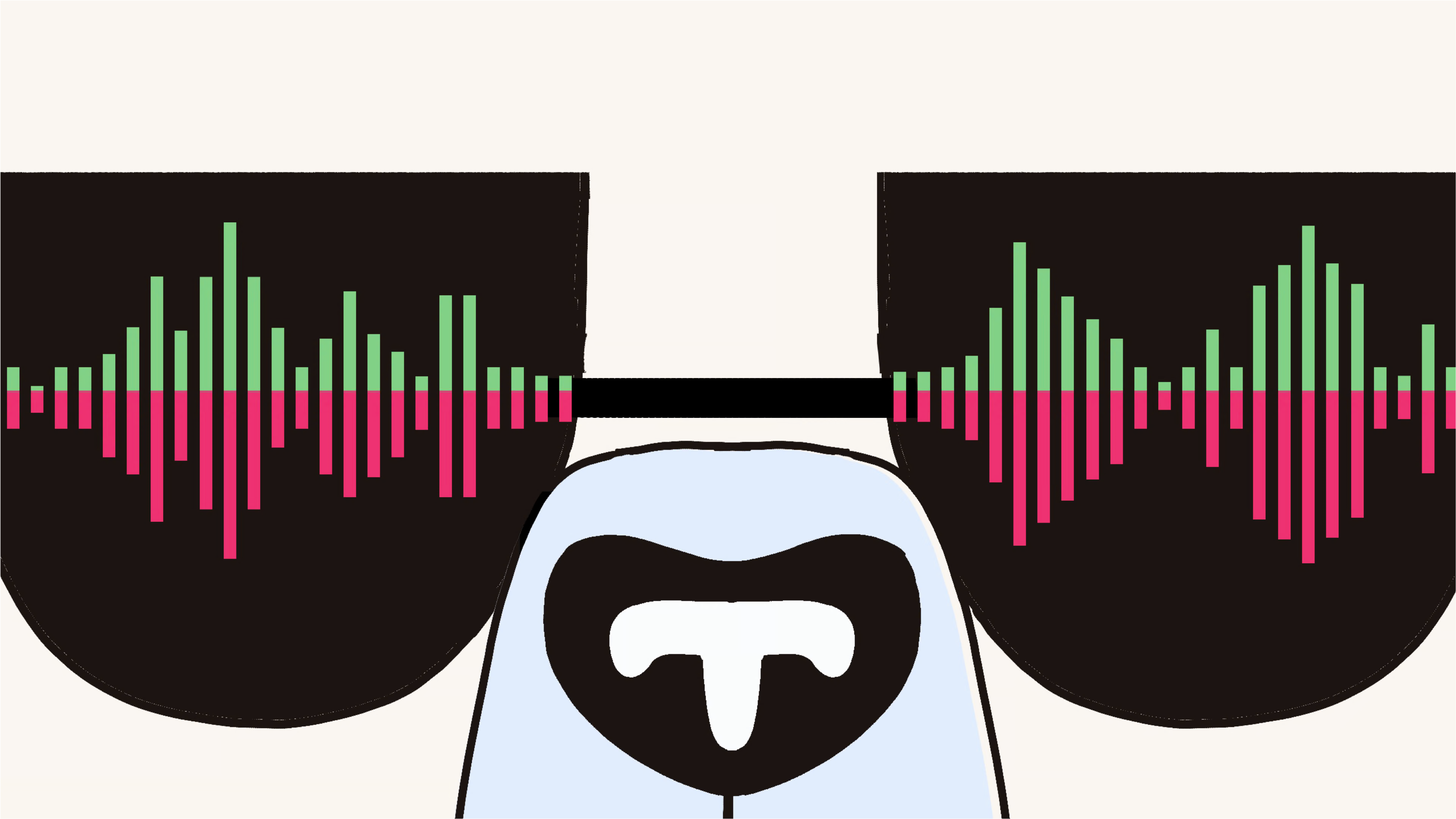
"This wave eventually makes its way to the ear, where some processing is already done via its unique mechanical design: after being collected by the the outer ear, the wave is ferried through the ear canal into the eardrum, where three tiny bones amplify it. Then it's destination: inner ear, where hair cells travel up and down some fluid. Eventually, it's converted by chemicals into electrical signals and interpreted by the brain as sound."
"Although those implants do not replicate natural hearing, they give the brain enough information to recognize and process human speech, and environmental sounds. For the rest of us, our ears detect tiny changes in pressure. You have to realize that there is pressure constantly being applied to our bodies all the time, on the order of one atmosphere, or about one hundred thousand pascals, the SI unit for pressure."
Different consumer devices report decibels for related but distinct quantities: a watch's Noise app reports environmental sound pressure level, an amplifier's negative-decibel knob shows gain relative to its maximum or to a reference level, and video/audio software meters display levels in decibel or decibel-adjacent units tied to reference definitions. Sound originates as pressure waves created by vibrating objects, transmitted through air, mechanically transformed by the ear, and converted to electrical signals for brain interpretation. Cochlear implants bypass mechanical components and use microphones and processors to supply sufficient information for speech and environmental sound recognition. Atmospheric pressure is around one hundred thousand pascals, while audible pressure variations are tiny deviations from that baseline.
Read at fasterthanli.me
Unable to calculate read time
Collection
[
|
...
]